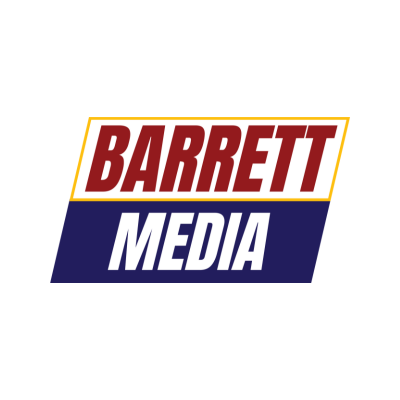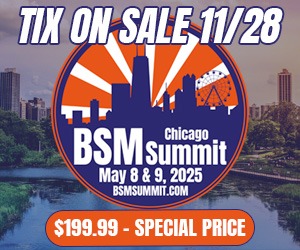The final day of the 2019 NAB Show in Las Vegas was all about what is on the horizon. Two panels I attended really stood out to me and I want to share my takeaways with you.
The first was about how mobile broadband can enhance the in-car experience for radio listeners. The NAB’s VP of advanced engineering David Leyer showed examples of in-car apps that he and his team have developed with the input of both the auto industry and NAB members.
Nearly every car manufacturer has their own proprietary platform and all of those platforms can support apps. David and his team have been sponsoring workshops to get auto industry executives and broadcast executives together to talk about what each one needs from those apps.
His presentation showed examples of radio apps that could provide more than just your typical station information. They can read the host’s Twitter feed to the driver, they can dial a call-in number directly, they can show embedded, actionable ads sold by the broadcaster.
All of it is possible because of mobile broadband, and all of it can lead to a better listener experience and more station revenue.
DTS Radio is a product already available in Europe and will come to the US next year. It turns any radio station into a Sirius XM experience, because when a driver leaves a station’s over-the-air range, DTS will give him or her the option to continue listening to the station via stream.
It doesn’t open up a new world of possibilities. It just makes the existing possibilities easier to take advantage of. That means it opens up a whole new audience for broadcasters and sellers to take advantage of.
The other panel that stood out was about the way brands engage customers and create communities on social media. It was lead by Countable founder and CEO Bart Myers, and it admittedly was at least 50% an advertisement for Countable, an interactive platform that creates communities for brands and celebrities that allow them to bypass a 3rd party social network.
Bart’s reasoning for developing the Countable site and app was interesting though. In the last 8 years, Facebook has decreased a user’s reach to its total audience from 26% down to 1%. Bart saw a company that was more interested in pushing its new products and building its own audience than innovating to remain a valuable business tool.
The other interesting point Bart made about Facebook was the real lack of value that any brand engagement actually has on its platform. What do likes actually do for a business? A like doesn’t mean that the user consumed your content.
What Bart is pushing for is social networks that exist on the brand’s own platform, whether it is embedded in their site or a new social site developed specifically for one brand. His presentation focused on how interaction that has value can lead to deeper engagement and brand loyalty. He used an example that his company had developed for famous attorney Erin Brockovich, who has become an outspoke activist for the victims of the California wild fires.
On her site, users can click a link to directly email their state and federal representatives. They can sign up for alerts and links to live videos whenever a bill related to wild fire relief is being discussed. It is truly a community of like-minded individuals that Brockovich now owns and can utilize for her next cause.
The future seems to be all about control. We can continue to create content, but it will be about creating loyalty that dictates how and if users consume it.







